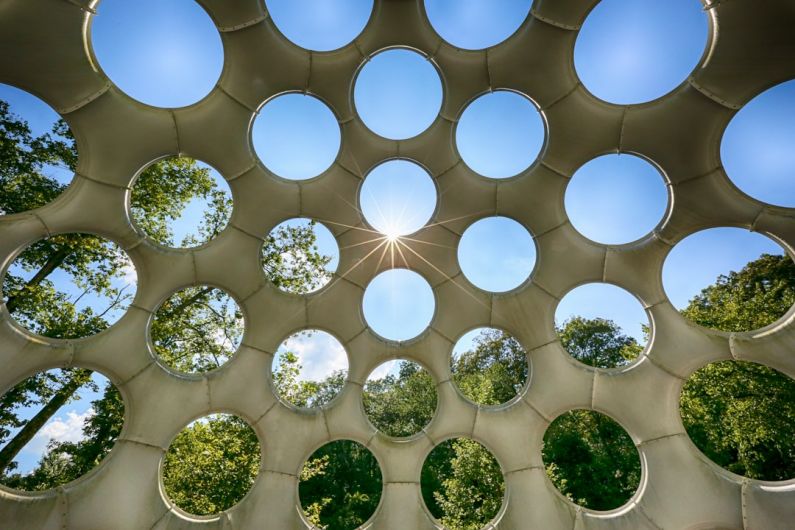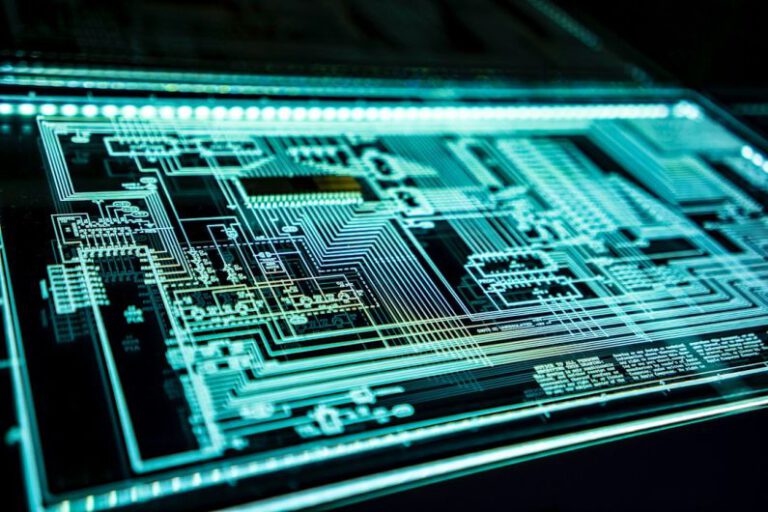Augmented Reality Art: Changing the Perception of Space
Art has always been a medium through which individuals can express their creativity and emotions. With the advancement of technology, a new form of artistic expression has emerged – augmented reality art. Augmented reality (AR) blends the virtual world with the real world, creating an immersive experience for viewers. This innovative approach to art has the power to transform the way we perceive space and interact with our surroundings.
Exploring Boundaries and Breaking Constraints
Traditional art forms are often limited by physical boundaries. Paintings are confined to canvases, sculptures to gallery spaces. Augmented reality art, on the other hand, breaks free from these constraints by overlaying digital artworks onto the physical environment. Artists can create pieces that interact with the space around them, altering the viewer’s perception of reality. This dynamic interaction between the virtual and the real opens up endless possibilities for creativity and exploration.
Immersive Experiences and Engaging Audiences
One of the most compelling aspects of augmented reality art is its ability to create immersive experiences for viewers. By using AR technology, artists can transport audiences into fantastical worlds, allowing them to engage with art in new and exciting ways. Whether it’s a virtual sculpture appearing in a public square or a digital mural transforming a blank wall, AR art captivates viewers and encourages active participation. This interactive element not only enhances the viewing experience but also fosters a deeper connection between the audience and the artwork.
Blurring Lines Between Art and Environment
Augmented reality art blurs the lines between the traditional art world and the physical environment. By integrating digital elements into real-world spaces, artists can transform ordinary locations into extraordinary art installations. This fusion of art and environment challenges our perceptions of space and invites us to see the world in a different light. Whether it’s a street corner adorned with virtual graffiti or a park filled with digital sculptures, AR art has the power to reshape our understanding of the spaces we inhabit.
Collaborations and Community Engagement
Another exciting aspect of augmented reality art is its potential for collaborations and community engagement. Artists can work together to create large-scale AR projects that transcend individual visions and bring communities together. By harnessing the power of technology, AR art can be accessible to a wide audience, sparking conversations and fostering a sense of connection among viewers. This collaborative approach not only enriches the artistic experience but also promotes dialogue and engagement within the community.
Transforming Public Spaces and Architecture
Augmented reality art has the ability to transform public spaces and architecture, turning everyday locations into immersive art installations. From interactive murals on city walls to virtual sculptures in urban parks, AR art reimagines the way we interact with our surroundings. By incorporating digital elements into the built environment, artists can breathe new life into familiar spaces and create unexpected moments of wonder and delight for passersby. This integration of art and architecture not only enhances the aesthetic appeal of public spaces but also invites viewers to engage with their surroundings in a more meaningful way.
Redefining Artistic Expression and Experience
Augmented reality art is redefining the boundaries of artistic expression and experience. By merging the virtual and the real, artists are pushing the limits of creativity and inviting viewers to explore new dimensions of art and space. This innovative approach to art challenges traditional notions of what art can be and how it can interact with the world around us. As technology continues to evolve, augmented reality art will undoubtedly play a pivotal role in shaping the future of artistic expression and transforming the way we perceive and interact with space.
In Conclusion: Augmented Reality Art as a Gateway to New Realities
Augmented reality art is a gateway to new realities, offering a glimpse into a world where art and technology converge to create immersive and interactive experiences. By changing the way we perceive space and interact with our surroundings, AR art challenges traditional boundaries and inspires us to see the world in a different light. As this innovative form of artistic expression continues to evolve, it holds the potential to revolutionize the art world and redefine our relationship with art, space, and technology.






